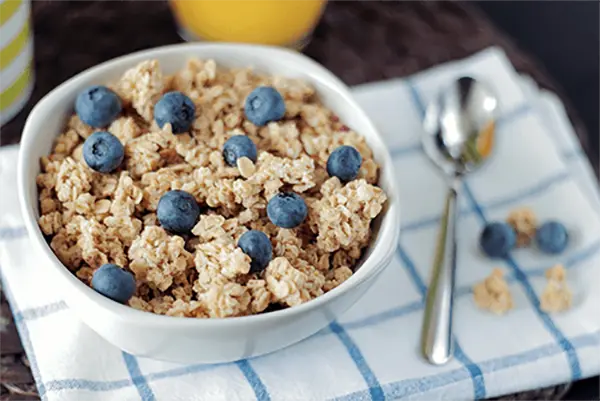The Curious Case of Tripotassium Phosphate: Why Does It Lurk in Your Cheerios?
Pop the lid on a box of Cheerios, and amidst the familiar oat aroma, a question might tug at your curiosity: just what is “tripotassium phosphate” doing nestled amongst those wholesome whole grains? Don’t let the science-y name scare you off! This seemingly mysterious ingredient, like a tiny chef behind the scenes, plays a crucial role in crafting the Cheerios you know and love. So, dive in with us as we unveil the secret life of tripotassium phosphate (TKPP) in your breakfast bowl.
The Texture Whisperer: Unleashing the Cheer in Cheerios
Picture this: you pour a bowl of milk, expecting crispy Cheerios that snap, crackle, and pop. But instead, you encounter soggy ovals, dampening your breakfast enthusiasm. TKPP steps in as the texture hero, ensuring the perfect crunch. Here’s how:
- Leavening Magic: Remember those tiny air bubbles that make bread fluffy? TKPP works hand-in-hand with baking soda to release these bubbles during the Cheerios’ baking process. The result? Light, airy Cheerios that hold their shape, even in milk’s tempting embrace.
- Acidity Tamer: Oats, the stars of the Cheerios show, naturally come with a touch of acidity. TKPP acts as a friendly mediator, balancing out that tartness and creating a smooth, well-rounded flavor that’s just right for your morning palate.
- Emulsifying Power: Picture oil and water trying to share a stage. It wouldn’t be a pretty sight, right? TKPP plays the peacemaker, bringing these two unlikely friends together. It helps bind oils and other ingredients in the Cheerios, preventing them from separating and ensuring that familiar, crunchy texture.
Beyond the Bowl: The Multifaceted Life of TKPP
TKPP’s talents extend far beyond the Cheerios factory. This versatile ingredient pops up in surprising places, like:
- Gardening Guru: Craving juicy tomatoes and vibrant blooms? TKPP, as a fertilizer powerhouse, provides essential phosphorus and potassium for healthy plant growth. It strengthens roots, boosts flower production, and even helps your garden resist pesky diseases.
- Cleaning Champion: Stubborn stains got you down? TKPP can be your knight in shining armor! Its grime-busting properties make it a key ingredient in some industrial and household cleaners, tackling grease, rust, and dirt with ease.
- Medical Marvel: Don’t be surprised to find TKPP lending a hand in the medical field! It acts as a buffer in certain pharmaceuticals and plays a role in maintaining healthy pH levels during medical procedures.
Safety First: Navigating the TKPP Landscape
While TKPP is generally considered safe, like any ingredient, moderation is key. Overconsumption can lead to some digestive discomfort. Additionally, individuals with kidney conditions should consult their doctor before consuming large amounts of TKPP-containing foods.
The Final Crunch: A Tiny Ingredient, a Big Impact
So, the next time you enjoy a bowl of Cheerios, remember, it’s not just oats and sugar. It’s the unsung hero, TKPP, working its magic behind the scenes. From crafting that perfect crunch to nourishing your garden and even contributing to the medical field, this versatile ingredient proves that even the most scientific-sounding names can hide wonders in our everyday lives.
FAQ:
Q: Is there a natural alternative to TKPP in cereals?
A: Some cereal manufacturers use baking soda or other leavening agents instead of TKPP. However, TKPP can offer additional benefits like acidity control and improved texture, making it a popular choice for many producers. Ultimately, the best choice depends on your individual preferences and dietary needs.
Post time: Jan-03-2024











